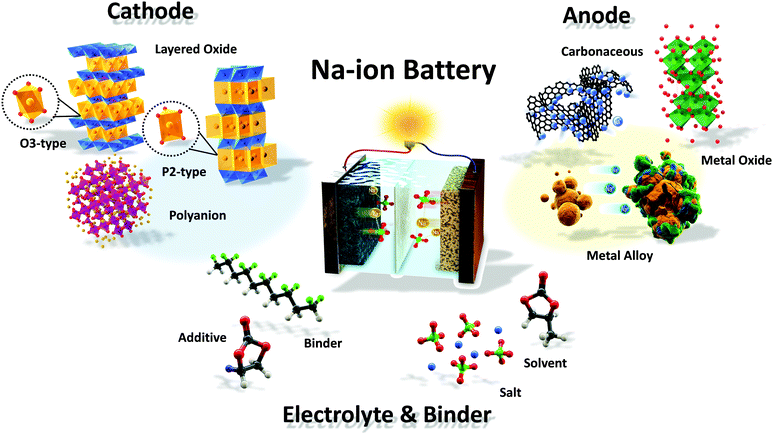The cities around the world are expanding, moving forward faster, creating a surge in energy consumption. As energy from environmentally friendly sources are getting priorities, to store energy from such fluctuating sources like solar and wind are getting importance. The inherently intermittent and diffuse nature of these renewable resources predicates the development of cost-effective, large scale energy storage. Such storage capabilities offer the added benefit of contributing resilience to the electric grid, which is needed to mitigate the effects of natural disasters and other catastrophic events. Batteries are the key to store such energy. However not all batteries are applicable for such purpose. Though lead acid battery are providing most of the storage capacity till now, it not suitable for mass storage system because of its low charge density and shorter lifetime [1]. Lithium-ion battery (LIB) are the one in use today due to its high energy density and longer life cycle. It is great for energy storage, especially in mobile applications like phones, laptops and electric cars. However, the expansion of electric vehicle (EV) fleet, mobile electronics and large grid scale batteries based on Lithium-ion technology, huge pressure will be on the lithium supply and it is limited on earth [2]. So electrochemical energy storage technologies based on earth abundant and cost-effective materials are getting attention. Metals like Sodium is earth abundant and cheap and Sodium-ion batteries (SIB) have energy densities that is well suited for grid scale storage. Sodium have similar property as Lithium as alkali materials [3].
The principal focus of this study is to develop a comprehensive knowledge of the application and current technologies involve with SIB. To get an idea of how SIB is getting attention one can investigate the publication made by researchers on SIB relative to LIB. More publication is done on SIB in recent years rather than previous years and now it is comparable to LIB. Huge funding is given to the researchers by authorities like National Science foundation (NSF) for doing research on battery technology [4-5].

Figure 1: The schematic of Sodium-ion Battery [6].
The main challenge for SIB is the large size of Sodium cation and its subsequent weight relative to Lithium. Therefore, electrode materials are the main obstacle limiting the commercialization of SIB. To ensure reversible insertion and exertion of charge carrying ions, several Cathodic and Anodic Nanowire electrodes have developed.
The motivation behind SIB is to replace LIB in future and as the EV industry is evolving SIB can help the companies to reduce the cost of cars and attract the mass medium and low income customers. Some SIB have been developed that can be broken down and disposed in a land fill, alleviating the hazardous waste problem with LIB. So recycling is easy for SIB.
Though the cost of SIB is not much less than LIB [7] as of now unless the price of Lithium goes high but SIB can direct towards the way of alleviating the search for cost effective battery solutions for future and if succeeded, will contribute to the societal need for cost effective grid energy storage.
References:
- Nayak, P. K., Yang, L., Brehm, W. & Adelhelm, P. From Lithium‐Ion to Sodium‐Ion Batteries: Advantages, Challenges, and Surprises. Angewandte Chemie International Edition 57, 102-120 (2018).
- Delmas, C. Sodium and Sodium‐Ion Batteries: 50 Years of Research. Advanced Energy Materials 8, 170313-n/a (2018)
- Yoo, H. D., Markevich, E., Salitra, G., Sharon, D. & Aurbach, D. On the challenge of developing advanced technologies for electrochemical energy storage and conversion. Materials Today 17, 110-121 (2014).
- https://www.uah.edu/news/research/sodium-ion-battery-research-could-power-up-renewable-energy-storage
- https://www.news.gatech.edu/2018/06/21/sodium-and-potassium-based-batteries-hold-promise-cheap-energy-storage
- Hwang, J. Y., Myung, S. T., & Sun, Y. K. (2017). Sodium-ion batteries: present and future. Chemical Society Reviews, 46(12), 3529-3614.
- Vaalma, C., Buchholz, D., Weil, M. & Passerini, S. A cost and resource analysis of sodium-ion batteries. Nature Reviews Materials 3 (2018).
